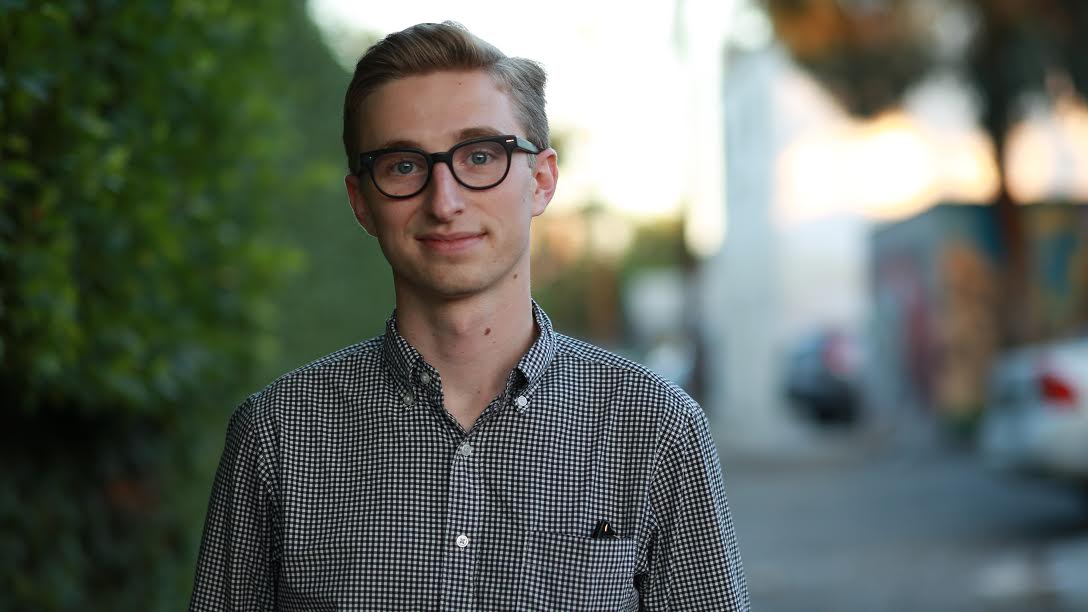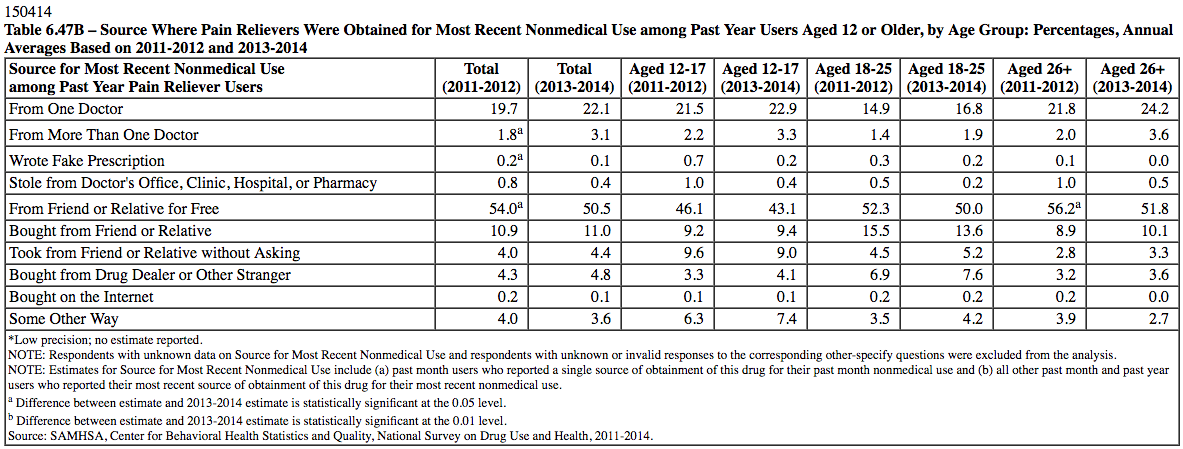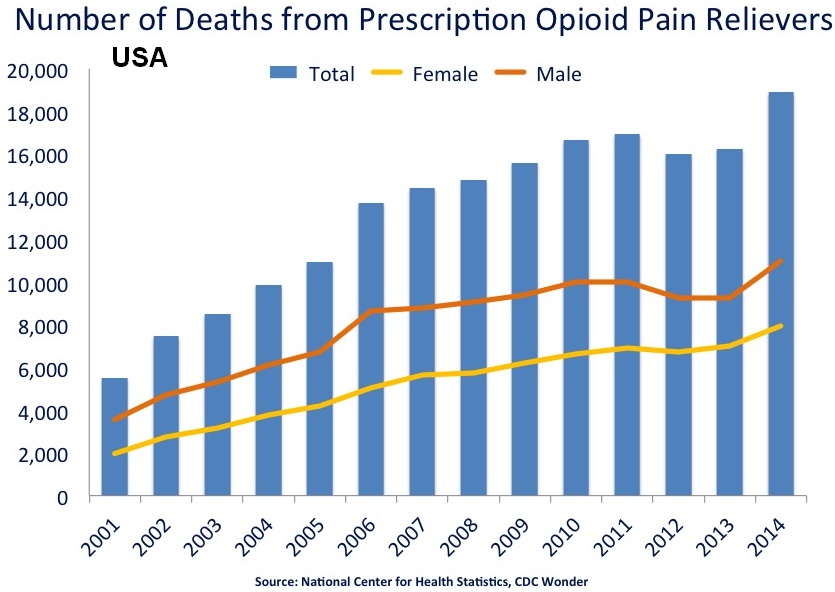The Truth Behind the Opioid Addiction Epidemic

By:
The U.S. is in the midst of an opioid addiction epidemic — rates of painkiller and heroin abuse are steadily climbing. But there are signs that attempts to address the problem ignore the real roots of the epidemic.
Public health experts have identified a cycle of opioid abuse that starts, in a majority of cases, with prescription painkillers. People who abuse painkillers are 40 times more likely to abuse heroin, according to the Centers for Disease Control and Prevention.
So how are people getting hooked on pain medication?
Painkillers are highly addictive. If you take them for long enough, your body develops a dependency that can lead to full-blown addiction. Once your supply of painkillers runs out — or the drugs become too expensive — you may turn to heroin, a cheaper and more potent opioid.
 Julien Behal/PA Wire - apimages.com
Julien Behal/PA Wire - apimages.com
But that doesn't tell the full story.
Understanding the origins of opioid addiction — what drives people to seek painkillers, how that informs heroin trends, and where people get their painkillers in the first place — is an important first step in dealing with the problem.
The data show that people with legitimate painkiller prescriptions are actually some of the least likely to become addicted to the drug. Rather, almost 75 percent of people who misuse painkillers obtain the drug illegally — through friends, family members, or drug dealers — the 2014 National Survey on Drug Use and Health showed.
 SAMHSA - samhsa.gov
SAMHSA - samhsa.gov
It's true that one in four Americans who receive painkiller prescriptions legally from a doctor go on to abuse the drug, which raises serious concerns. But as we attempt to understand and respond to the opioid epidemic, it's important to realize that the majority of addicts are getting their drugs illegally — and for reasons other than pain management.
The FDA and CDC have taken steps to curb opioid abuse by reforming prescription guidelines for doctors: raising the threshold for what it takes to qualify for painkillers and cracking down on doctors who freely prescribe the substance, for example.
But some observers feel that reform efforts should be refocused, with a greater concentration on treating mental health issues and addressing the socioeconomic factors that contribute to addiction, which could effectively supplement prescription reform.
 Pixabay - pixabay.com
Pixabay - pixabay.com
"If we want to reduce opioid addiction, we have to target the real risk factors for it: child trauma, mental illness, and unemployment," Scientific American reported. "Two thirds of people with opioid addictions have had at least one severely traumatic childhood experience, and the greater your exposure to different types of trauma, the higher the risk becomes."
The opioid epidemic is not going away any time soon.
Approximately 29,000 people died from an opioid-related overdose in 2014, according to the CDC. That's a 12 percent increase from 2013 alone, showing a steady increase in abuse and overdoses on a year-over-year basis.
 Wikimedia - wikimedia.org
Wikimedia - wikimedia.org
There's a lot to digest when it comes to the opioid epidemic. The more we learn, the clearer it is that there's no one-size-fits-all solution to the public health crisis.
